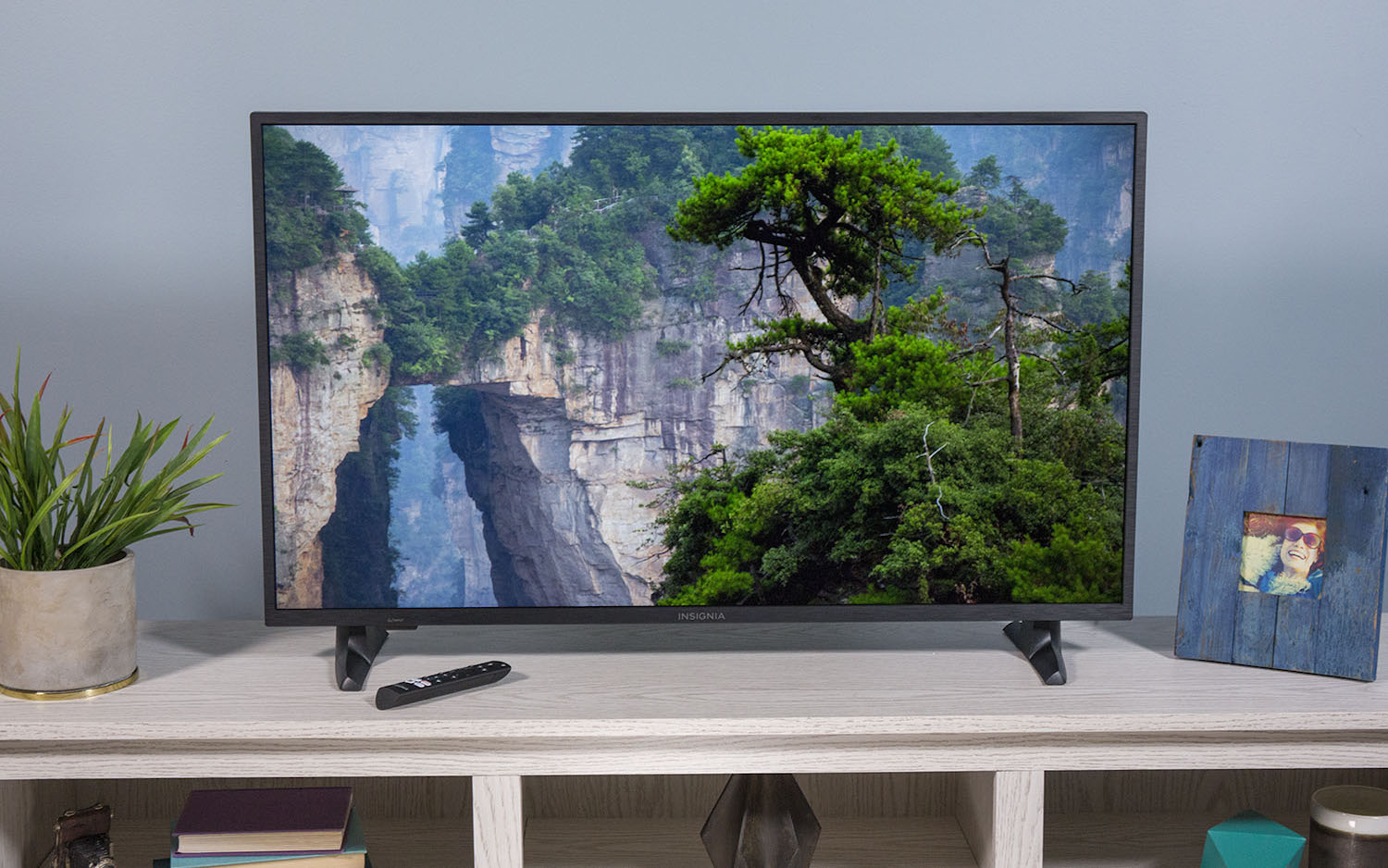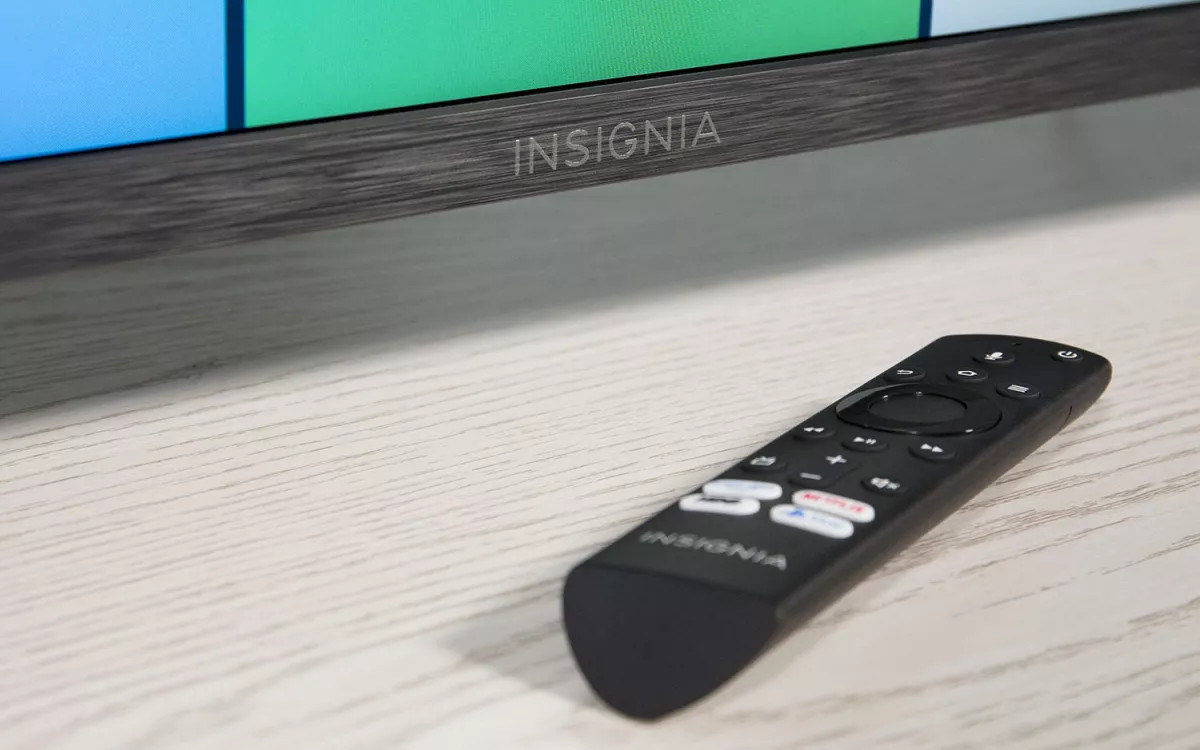Are Insignia TVs any good? Here are their pros and cons
When shopping for a new 4K TV, there’s always a temptation to go for the lowest-priced option — and, most of the time, that’s going to be an Insignia TV.
Insignia is Best Buy’s in-house brand of electronics and the label can be found on everything from computer speakers and USB cables to appliances like refrigerators and dryers. But Insignia TVs are one of the biggest sellers for the brand and garner lots of attention come Black Friday and Cyber Monday.
Having reviewed a number of Insignia TVs here on Tom’s Guide (see: the Insignia F30 Fire TV Edition and Insignia 4K Fire TV) we’ve spent plenty of time in front of them and can tell you, definitively, what was good and wasn’t about the budget TV brand.
In short, these affordable screens are great as a second-room TV that doesn’t get a lot of use or scrutiny, but often fail to keep pace with similarly-specced models from LG and Samsung. If you set the bar low, Insignia TVs might be a good budget buy – but don’t go in expecting it to be the best performing or most modern-looking TV on the market.
Insignia TV as your primary TV: pros and cons
Insignia TVs are well worth considering when shopping for the best TV under $500. They offer an affordable smart TV with 4K resolution and a reasonably large screen size. As far as the basics go, Insignia TVs really nail it.
That being said, most Insignia TVs are missing out on a lot of technology that makes TVs look their best. Almost every Insignia TV available for sale only has a 60Hz native refresh rate, for example, and the most popular F20 and F30 Series don’t have a full array with local dimming backlight and instead opt for direct lighting.
In terms of lab results, we measured the Insignia F30 Fire TV Edition’s output around 347 nits of brightness in a 10% window. That’s about half of what we saw from the Hisense U6H and the Vizio M-Series Quantum X were able to achieve.
| Insignia F30 Fire TV | Hisense U6H | Vizio M-Series Quantum X | |
|---|---|---|---|
| Screen size and price | 55-inch / $449 | 55-inch / $429 | 50-inch / $629 |
| Input Lag (ms) | 36.4 | 11.2 | 13.2 |
| SDR Brightness (Window 10%, in nits) | 189.2146 | 565.2732 | 742.6334 |
| Delta-E (lower is better) | 2.7917 | 2.9942 | 3.1662 |
| HDR Peak Luminance (Window 10%, in nits) | 346.8651 | 645.2160 | 791.96 |
| Rec.709 Color Gamut | 93.7883% | 99.7931% | 99.6233% |
Based on all the data we’ve collected, we can safely say that Insignia TVs often don’t have the best contrast or highest peak brightness in their price ranges, though their color accuracy is better than expected. That said, because most living rooms will have ambient light in them, we recommend staying away from Insignia if you are buying it as your primary TV.

Insignia TVs as a second screen: pros and cons
So when would we recommend buying an Insignia TV? Well, they’re great if you need a low-cost TV that simply gets the job done. Buying a TV for a kids room where it might, possibly, get broken? Sure, an Insignia TV would work great there.
An Insignia TV would also work if you plan on only using it for streaming video. Nearly every Insignia TV is a smart TV and comes with most major streaming services built in. That means you won’t have to worry about buying a separate streaming device like a Roku or Amazon Fire TV Stick – all of that functionality comes built into the TV.
That said, should you buy it as a secondary TV for a sports bar? Probably not. Not only do Insignia TVs’ color saturation leave a lot to be desired, but colors desaturate quickly the further you move off-axis – i.e. anyone who doesn’t have front-row seats won’t get a good view of the game.
Another area of weakness that we found was in motion interpolation, as we noted in our F30 review: “Blurring presented another problem, especially with motion processing and dynamic noise reduction on. The TV had trouble keeping up with fast action sequences during The Old Guard and quick drives down the lane in a live basketball game.”
So what about gamers? Well, how good an Insignia TV is will depend on which kind of game system you plan on connecting to the TV. If you connect a Nintendo Switch that’s limited to a 1080p resolution at 60 frames per second, then an Insignia TV can absolutely work. For a PS5 or Xbox Series X, however, an Insignia TV doesn’t have the HDMI 2.1 ports or native refresh rates necessary to get the most from the consoles.

Should I buy an Insignia TV?
You should buy an Insignia TV if you want a cheap TV that doesn’t have all the features or performance quality of a more mid-range model. The biggest faults to be found with an Insignia TV is that they don’t have a full array backlight with local dimming zones and are locked into a 60Hz native refresh rate. These are issues that you will notice, even if you’re not someone who considers themselves particularly picky when it comes to TVs.
As a second screen, however, there are plenty of reasons an Insignia TV will work for you. Just be sure you know what you’re buying and for what intended purpose.
For all the latest Technology News Click Here
For the latest news and updates, follow us on Google News.
